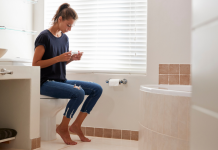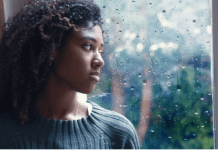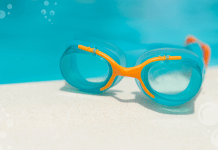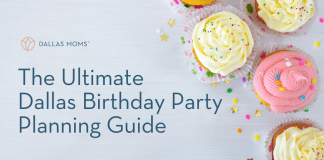 I am going to make the intro to this post short and sweet because odds are if you are searching for information about head lice it is because you are trying to eradicate the issue ASAP. We have battled these bugs twice now with my girls and I have a few tips and tricks up my sleeve to bring sanity back to your home and get these creepy critters out FAST. I’ve created a little checklist at the bottom of this post for you to print out and use as a guide in case you find yourself in a similar infestation situation.
I am going to make the intro to this post short and sweet because odds are if you are searching for information about head lice it is because you are trying to eradicate the issue ASAP. We have battled these bugs twice now with my girls and I have a few tips and tricks up my sleeve to bring sanity back to your home and get these creepy critters out FAST. I’ve created a little checklist at the bottom of this post for you to print out and use as a guide in case you find yourself in a similar infestation situation.
WHAT ARE HEAD LICE?
Head lice are little tiny wingless insects that feed off of human blood supply. They lay their eggs at the base of the hair shaft. Lice are easily spread from one person to another, most commonly an issue for girls and children between the ages of 3-11.
The louse’s life cycle has three phases: egg, nymph, and adult. Nits are the tiny white eggs that are found attached to the hair shaft and are difficult to remove by hand. Nymphs are what appear directly after hatching from the egg. They look like a smaller version of an adult louse and reach full maturity after molting three times. An adult louse is roughly the size of a sesame seed and female adults can lay up to 8 nits a day. An adult louse must have a human blood supply in order to survive and without one they will die in 1-2 days.
DOES MY CHILD HAVE HEAD LICE?
The most common symptom of head lice is the relentless itching of the scalp and neck. Upon closer inspection, you might see some small white dandruff-like specks stuck to your child’s hair but unlike dandruff, they do not remove easily – these are the nits. Some might experience red spots on the scalp and a ticklish feeling on their scalp due to hair movement.
HOW DID MY CHILD GET HEAD LICE?
The most common way to get head lice is by close contact, person to person. Head lice can also be transferred if a piece of clothing or a personal item is in close storage with infested items. Transfers can also happen when sitting on recently contaminated furniture.
WHAT DO I DO NOW?
The most effective way to treat lice is through physical removal of nits and lice. There are many over the counter treatment options however these shampoos and kits do not kill the lice but instead slow them down so that physical combing and removal is easier. Your pediatrician can prescribe a stronger shampoo.
There are four steps to the treatment process:
1. Treat, comb, wash
Follow the instructions of your treatment kit (we have used both LiceFree! And NIX), comb out your child’s hair in sections and rinse comb to remove lice and nits (I bought this comb from Amazon and it is VERY effective), wash out the treatment and blow dry hair (lice hate heat!).
2. Bag up everything
Bag up bedding, stuffed animals, headbands, hats, hairbows, etc. Anything that the affected person was in contact with and could possibly have lice or nits attached to it. Keep bagged for 7-10 days to kill off any living lice.
3. Re-treat
Seven to ten days post-treatment retreat your child with another lice removal kit and comb. This will ensure that you get any lice or nits that could have hatched since the first treatment.
4. Prevent
Unfortunately, there aren’t any sure-fire ways to prevent lice from happening again. The most effective form of prevention would be to tell your child not to share hats or headgear, jackets, personal belongings, and avoid head-to-head contact with others. We have started using this shampoo and detangling system by Fairy Tales shampoo as an extra precaution.
Lice Clinics of America was highly recommended to us when we were searching for other methods of dealing with lice fast and future prevention!
Here is a handy checklist printable for you to use if you find yourself in a buggy situation!
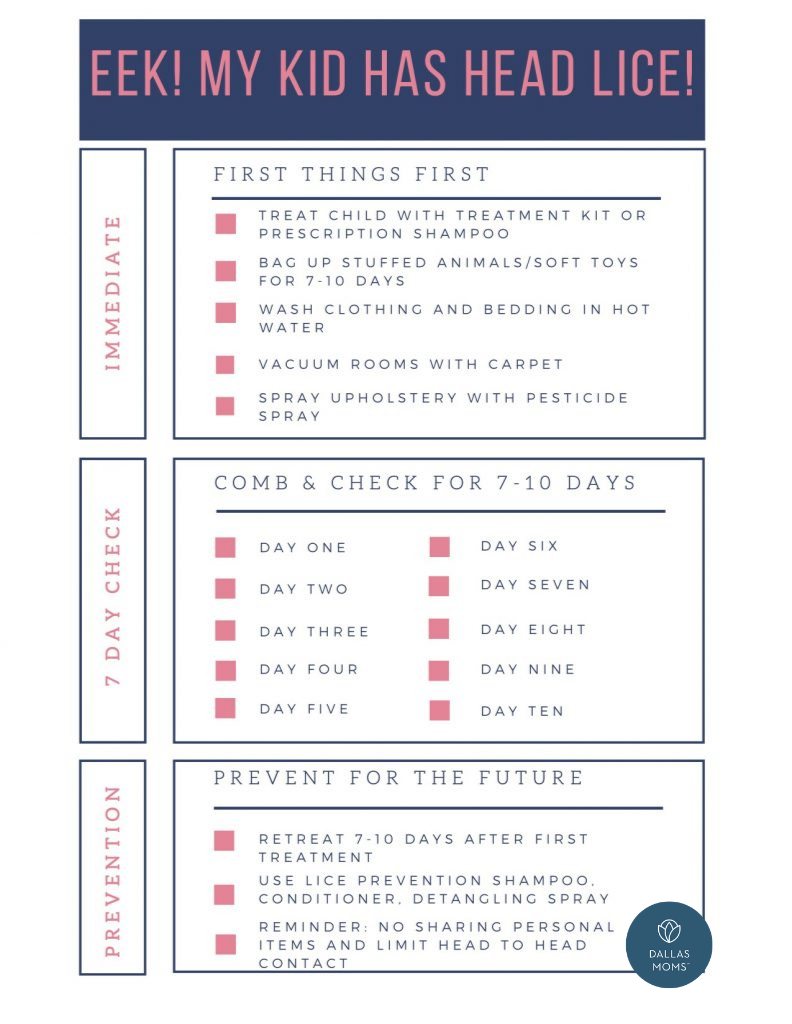 Head lice are tough! It’s not a fun situation to be in but know that dealing with them is a completely normal experience for school-aged children. Don’t forget to alert your school nurse so that they can let other parents know to check their own kiddos at home and treat as well and of course if you have any medical questions pertaining to head lice please contact your pediatrician!
Head lice are tough! It’s not a fun situation to be in but know that dealing with them is a completely normal experience for school-aged children. Don’t forget to alert your school nurse so that they can let other parents know to check their own kiddos at home and treat as well and of course if you have any medical questions pertaining to head lice please contact your pediatrician!






